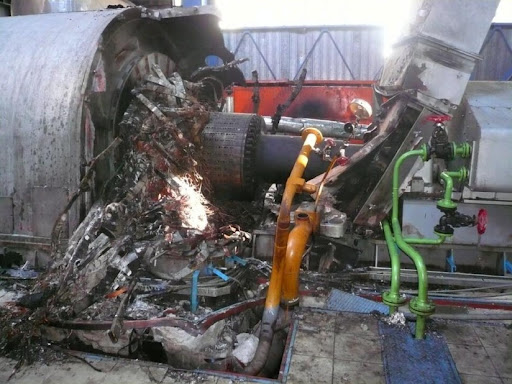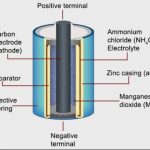There are several hazards involved while working in a power plant, with the most dangerous one being severe explosions that claim hundreds of lives. Recently the steam turbine generator explosion at the power plant in Iranshahr (a city in Sistan and Baluchistan province of Iran) has been the most horrific powerplant disaster, so let’s look at the Iranshahr power plant explosionin particular.
Possible Causes Behind the Explosion
From a logical point of view, there can be several reasons for a powerplant explosion. For example, the generator end turns in the stator could have shorted/exploded massively or hydraulic/lube oil could have leaked and sprayed, spreading the fire. The most common possible cause that has been reported for the turbine steam generator explosion is coupling failure. Let us go through this particular cause for explosion in detail.

Iranshahr Power Plant Explosion- Coupling Failure
Normally, couplings are very important parts in any kind of power transmission system to facilitate transfer of power from one part to another. If indeed coupling failure was implicated, proper maintenance of the couplings used in the power plant may have prevented the accident. Regular inspection of couplings is very important for the reliable operation of the power plant as well as to prevent any untoward incidents.
These couplings have to be checked regularly for indications of wear and tear; they also have to be cleaned and lubricated on a regular basis- especially in demanding operating conditions and adverse environments.
Types of Couplings
Generally, there are two types of couplings:
· Rigid couplings: These couplings are normally used in applications where there are two co-axial shafts. They can be further classified as muff couplings and flange couplings.
· Flexible couplings: Such couplings are used when there is no assurance of co-axiality between the two shafts to be connected. They have an elastic component between the connecting units. They are also commonly used in applications where there are possibilities of shocks during transmission.
Apart from this general classification, couplings can also be classified based on the area of its application. Normally, gear couplings are used in power plants.
Location of couplings in power plant
Huge electric motors are used as feed pumps for an oil-burning powerplant. The feed pumps and other components have to be bonded mechanically. This is where the coupling comes into picture; though it is a small part of the power plant, it plays a vital role in the operation. The failure of the coupling can bring the operation of the power turbine to a stand-still.
However, the noteworthy fact is that the Iranshahr power plant had three oil burners in the same room, which is three times what you actually see in case of most of the other power-plants. No wonder, the coupling problems led to such a disaster.
Another noteworthy aspect of this incident was that the power turbine was found missing after the blast, and various reporters have different stands on this. Since, we don’t have any solid evidences behind the disappearance, we’re not going into the nitty gritty of this specific matter.
What Could Have Prevented the Accident?
If the coupling fails even with proper maintenance, then the cause for the explosion could be related to-
· Improper installation of coupling
· Poor selection of the coupling
· Operation beyond its design capabilities
There are many more things that could have gone wrong, but the general notion is that coupling failure was the root cause. Once again it’s worth mentioning that no specifics of the actual incident are really available, and these are just speculations!
Need to Stay Alert!
Having seen this very tragic incident, it’s high time that everyone stood up on their toes, and looked at things more seriously. There are flaws at almost all the power plants, and the only way out to prevent accidents like the Iranshahr power plant explosion is to know the external signs that indicate coupling failure and correct them.
Some of these indications are excessive wobbling or noise, abnormal noise, or lubricant leakages. However, there’s much more to it than just pointing out possible causes behind the explosion. The most important thing is that everyone must learn from this mishap, and make every possible effort to ensure that something similar never happens again in future.
The most obvious advice that would come to your mind at this point of time is that the couplings used in the power plants must be inspected regularly for the consistent functioning of the units and to prevent any unexpected mishaps. But, remember, it may not be the same mistake every time. It could be something else rather than just coupling failure next time around. But, we can just hope that such a dreadful incident never takes place again.



Comments are closed